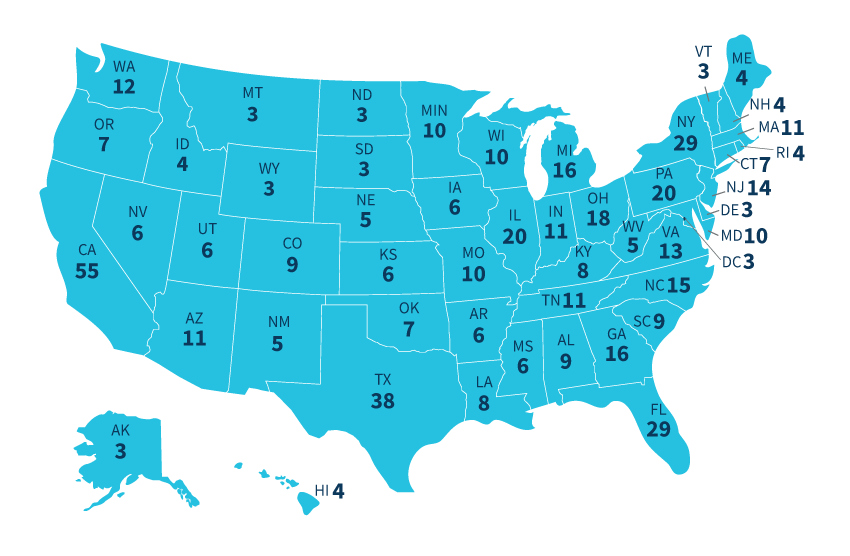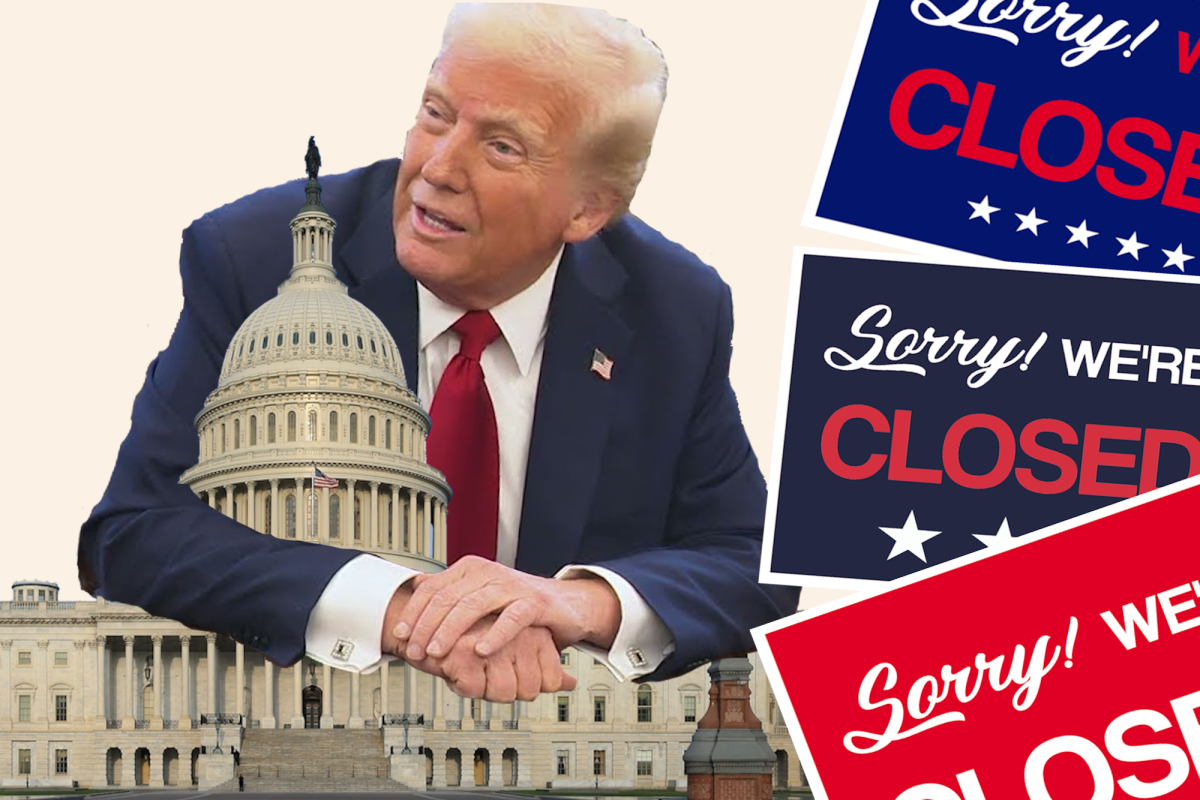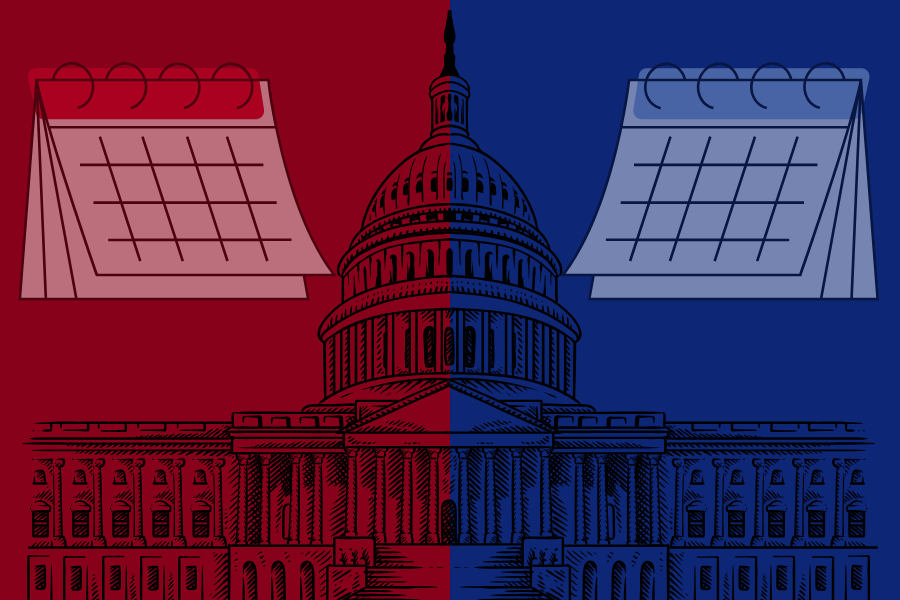The 2024 Presidential campaign is rapidly coming to an end with less than four weeks until election day Nov. 5. In a polarized atmosphere, almost everyone can agree this election has been one of the most unpredictable in history.
From the sitting president dropping out of the race, happening for the first time in 56 years, to the presence of the most significant third party challenge since Ross Perot, Robert F. Kennedy Jr. running — who then went on to endorse Trump, a Republican. The Trump assassination attempt also underscored the unpredictable nature of this election, highlighting the consequences of division in our country. None of these factors were anticipated by anyone prior to this election.
In a sequence of unforeseeable events, the prospect of an Electoral College tie may not be out of the realm of possibility. Presidential elections are not decided by the total number of votes each candidate receives, but rather by the Electoral College system.
Every four years, when the citizens of each state cast their vote for president, electors then make an official choice on behalf of every state. The number of Electoral College votes each state has relies upon the state’s members of the Senate and the House of Representatives – ratified in the Constitution as the 23rd Amendment.
This is an election that is expected to be close and this notion is predicated by the two previous elections that could have easily been won by either candidate if a few ten thousand votes were picked up across a few swing states. A swing state is a state that could realistically be won by either the Democratic or Republican candidate, some may lean blue or red, but the outcomes vary by election.
For context, in 2016, Hillary Clinton was nearly 78,000 votes short of winning the election across Michigan, Wisconsin and Pennsylvania, and in 2020, President Trump was slightly more than 42,000 votes shy of tying the election. Add another narrow swing state on top of that and he would have won. Highlighting these numbers shows how close these elections really are.
A possible path to an electoral college tie is where Kamala Harris carries the Rust Belt states of Michigan, Wisconsin and Pennsylvania. Trump wins North Carolina, Georgia, Arizona, and Nevada, along with Nebraska’s second congressional district. Both candidates have a fair chance of winning each of these swing states and if this hypothetical scenario comes to fruition, of the total 538 Electoral Votes, Harris and Trump will both have 269. So, what happens next?
The House of Representatives decides the President with each state delegation counting for one vote toward either candidate. The states, regardless of their status as a red, blue or swing, vote for whichever party has a House majority. Republicans currently have a House majority of 26 state delegations to 22, with Minnesota and North Carolina not having majorities for either party. Whoever ends up with a majority of states, 26, is the winner. However, this does not paint the entire picture, as the Vice President must also be determined. It is not necessarily the President-elect’s running mate. Senators have the responsibility of electing the Vice President and whoever wins a majority of the 51 votes is the eventual Vice President.
In the event of a 25-25 tie in the House, this is maintained until it changes. If it remains the same by Jan. 20 at 12:00 p.m. EST, the Vice President holds the responsibility of acting president until a winner is determined.
A plausible outcome in this scenario is the House of Representatives electing former President Trump since Republicans have the House majority. The Senate would likely elect Governor Tim Walz as Vice President since the Democrats have a majority in the Senate. It is possible this may not occur as deciding the next president would be delegated to the members of Congress who take their seats in January 2025.This would be a groundbreaking political scenario as the last time no candidate met the threshold of an electoral college win was 200 years ago in the 1824 election.








